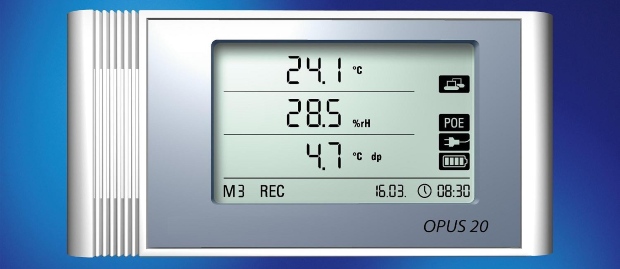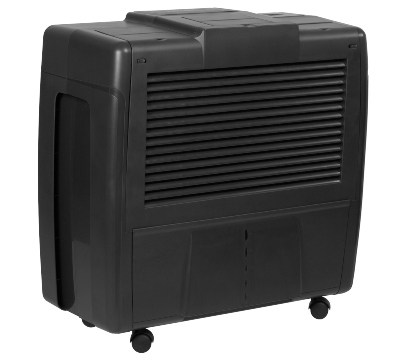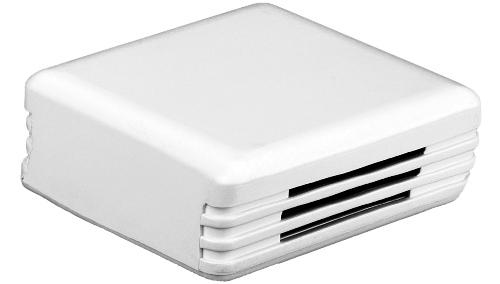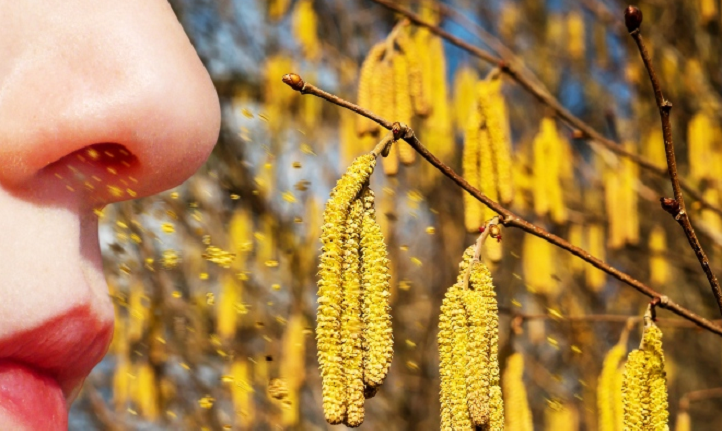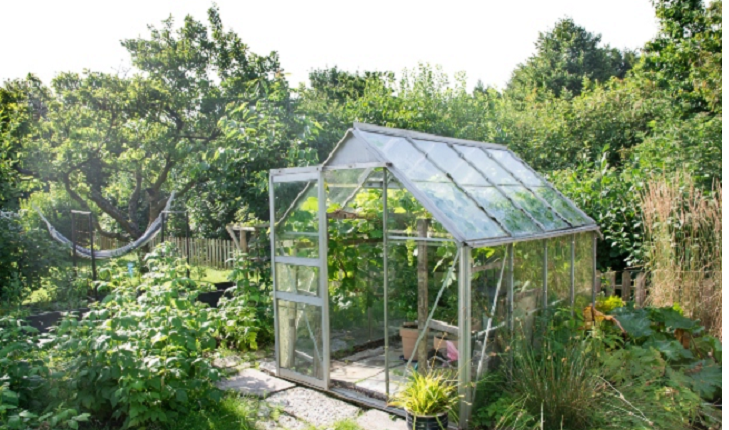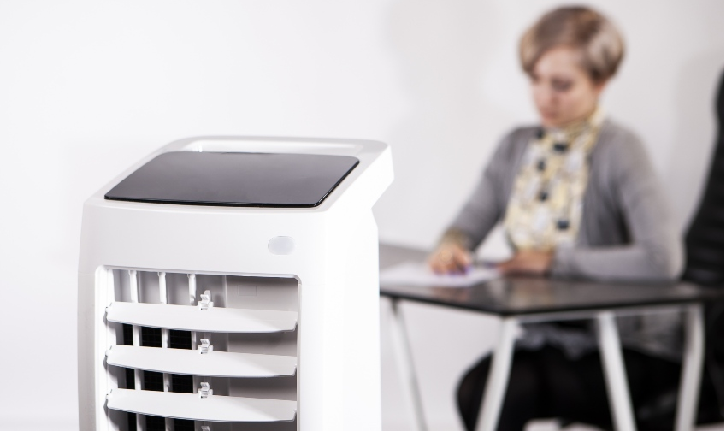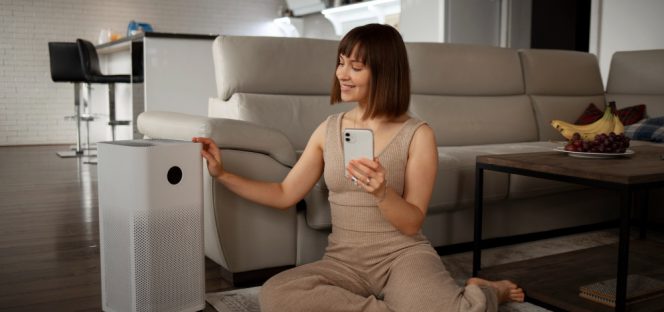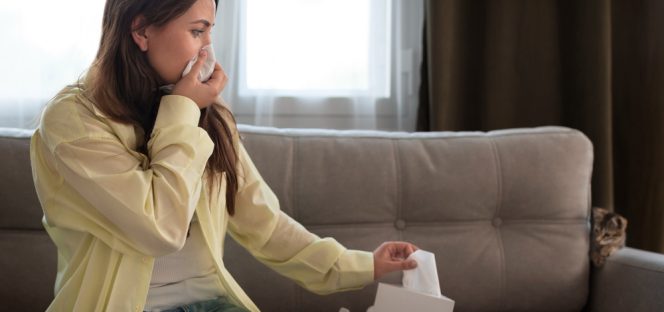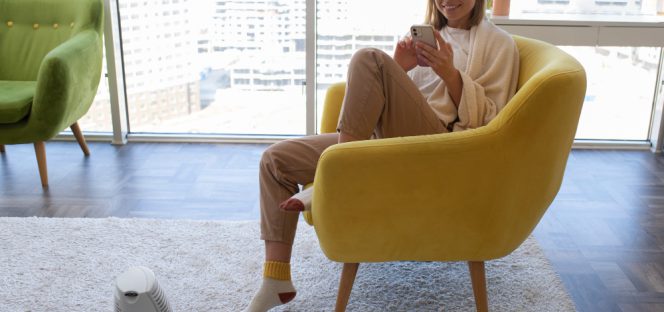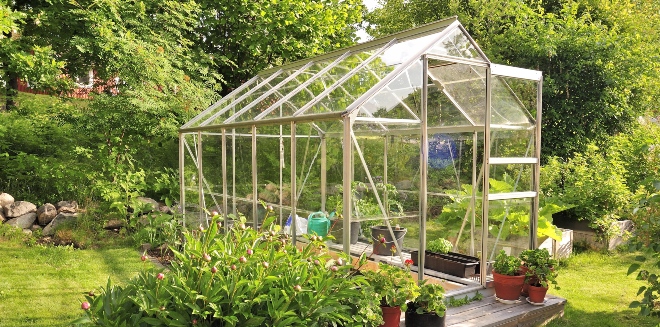
Luftbefeuchter in Gewächshaus und Wintergarten
Last updated on September 23rd, 2024 at 07:34 am
“ Bessere Luft für Menschen und Pflanzen “
Die richtige Luftfeuchtigkeit ist für das Gedeihen vieler Pflanzen wichtig. Die ideale Luftfeuchtigkeit für Pflanzen ist manchmal höher als die für Menschen. Deshalb kann ein Luftbefeuchter im Gewächshaus einen wichtigen Beitrag dazu leisten, dass die Pflanzen eine wunderschöne Blütenpracht entwickeln. Die Luftfeuchtigkeit ist nicht nur im Gewächshaus wichtig, sondern auch in einem Wintergarten. Hier sollte man jedoch nicht nur an das Wohlbefinden der Pflanzen, sondern auch an das der Menschen denken.
Optimale Luftfeuchtigkeit für Pflanzen? Manchmal ziemlich hoch!
Der Mensch fühlt sich im Allgemeinen bei einer relativen Luftfeuchtigkeit von 40 bis 60 Prozent am wohlsten. Deshalb wird dieser Wert für die meisten Wohnräume und Büros empfohlen. Auch viele Pflanzen kommen mit einer Luftfeuchtigkeit in diesem Bereich gut zurecht. Das gilt sogar für Kakteen, für die eine relative Luftfeuchtigkeit von 40 bis 50 Prozent empfohlen wird. Andere Pflanzen kommen auch mit einer höheren Luftfeuchtigkeit als dem für den Menschen optimalen Wert gut zurecht. Oleander und Hibiskus zum Beispiel fühlen sich bei 60 bis 70 Prozent am wohlsten.
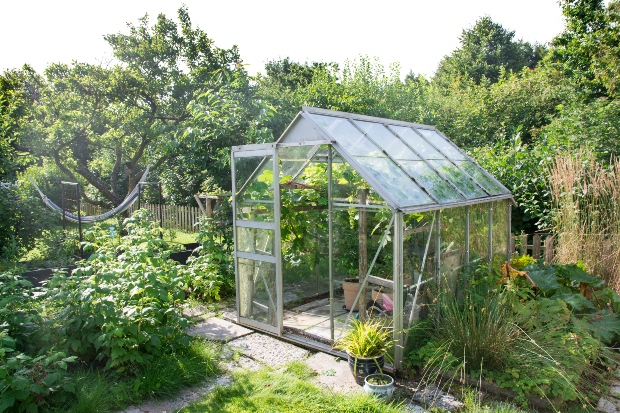
Andere Pflanzen brauchen sogar noch mehr. Für einige tropische Orchideenarten sind Werte von bis zu etwa 85 Prozent optimal. Für den Menschen sind die optimalen Werte eindeutig zu niedrig. Für diese Orchideen steigt das Risiko eines Befalls mit Schädlingen wie Spinnmilben und Krankheiten wie Mehltau, wenn die Luftfeuchtigkeit unter 70 Prozent fällt. Letztlich wächst eine Pflanze nicht bzw. leidet, wenn die Bedingungen für ihr Wachstum sehr ungünstig sind. Aus diesem Grund sollten Sie immer darauf achten, dass die Luftfeuchtigkeit im Gewächshaus angemessen ist.
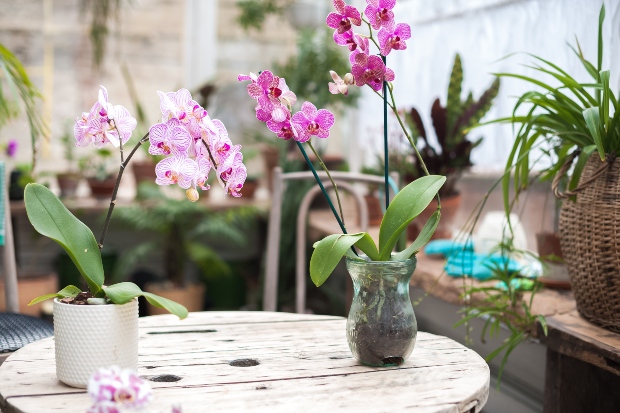
Das perfekte Mikroklima im Gewächshaus
Bei vielen Pflanzenarten wächst die Pflanze nicht gut, wenn die Luftfeuchtigkeit zu hoch ist. Dies kann auch zu Problemen führen: Mangelerscheinungen und Krankheiten können auftreten. Eine zu hohe Luftfeuchtigkeit in einem Gewächshaus kann zum Beispiel daran liegen, dass Pflanzen auch Feuchtigkeit abgeben. Sie werden regelmäßig gegossen und geben einen erheblichen Teil dieser Feuchtigkeit wieder an ihre Umgebung ab. Aus diesem Grund sollte die Luftfeuchtigkeit im Gewächshaus ständig gemessen werden. Dies kann mit einem Thermohygrometer geschehen, das ständig die Raumtemperatur und die Luftfeuchtigkeit misst. Wenn Sie jedoch professionell Pflanzen anbauen oder züchten, entscheiden Sie sich am besten für einen Thermohygrographen. Dieser zeichnet auch die Messwerte auf. Im besten Fall erhalten Sie auf diese Weise durch die Aufzeichnungen wertvolle Informationen, die Sie nutzen können, um auf die ideale Luftfeuchtigkeit für Ihre Pflanzen hinzuarbeiten.
Luftbefeuchter im Gewächshaus: optimale Werte erreichen
Wenn Sie durch Messungen feststellen, dass die Luftfeuchtigkeit im Gewächshaus oft zu niedrig ist, sollten Sie die Luftfeuchtigkeit künstlich erhöhen. Es gibt verschiedene Möglichkeiten, dies zu tun. Sie können mehr gießen, Wasserbehälter aufstellen oder einen künstlichen Springbrunnen betreiben. Oft ist es aber effektiver, mit einem elektrischen Luftbefeuchter zu arbeiten, vor allem, wenn er automatisch betrieben werden kann. Dann ist auch ein separates Messgerät für die Luftfeuchtigkeit nicht unbedingt erforderlich.
Luftbefeuchter wie der B 280 von Brune haben einen internen Feuchtigkeitssensor, mit dem sie die Luftfeuchtigkeit messen. Liegt der gemessene Wert unter einem eingestellten Sollwert, startet das Gerät automatisch und befeuchtet die Luft im Gewächshaus, bis der gewünschte Wert erreicht ist. Noch präziser wird die Messung für die automatische Regelung, wenn der Befeuchter an einen externen Funkhygrostaten angeschlossen ist. Dieser kann überall im Gewächshaus aufgehängt werden. Wie ein Hygrometer und ein Feuchtigkeitssensor misst der Hygrostat die Luftfeuchtigkeit. Allerdings sendet er die gemessenen Werte per Funk an den Befeuchter, der sie wiederum mit dem Sollwert vergleicht.
Befeuchtung für Pflanzen und Menschen?
Die richtige Luftfeuchtigkeit für das Pflanzenwachstum ist natürlich nicht nur in einem Gewächshaus wichtig. Im Wintergarten ist die richtige Luftfeuchtigkeit ebenso wichtig, und auch hier kann eine Befeuchtung für die Pflanzen sehr nützlich sein. Allerdings ist es in einem Wintergarten viel wichtiger als in einem Gewächshaus, auf den Menschen und seine Bedürfnisse Rücksicht zu nehmen. Im Gegensatz zu den meisten Gewächshäusern ist der Wintergarten auch ein Ort, an dem sich die Menschen nicht nur aufhalten, um sich um ihre Pflanzen zu kümmern.
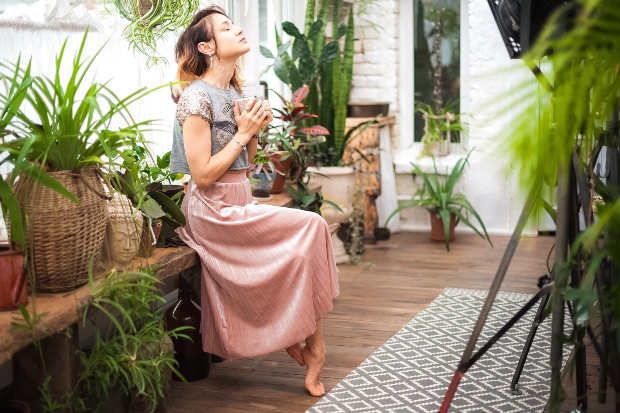
Die Luftfeuchtigkeit sollte daher in einem Bereich liegen, der sowohl für Menschen als auch für Pflanzen gut ist. Aus diesem Grund sind Pflanzen, die eine sehr hohe Luftfeuchtigkeit benötigen, im Wintergarten nicht ideal. Außerdem sollten Sie darauf achten, dass die Luftfeuchtigkeit eher an der oberen als an der unteren Grenze des für den Menschen optimalen Bereichs von 40 bis 60 Prozent liegt. Viele Pflanzen kommen mit einer Luftfeuchtigkeit von etwa 60 Prozent gut zurecht. Bei diesem Wert kann man auch sicher sein, dass die mit einer zu niedrigen Luftfeuchtigkeit verbundenen Risiken minimiert werden. Ist die Luftfeuchtigkeit im Wintergarten zu niedrig, kann sich zum Beispiel das Risiko einer Infektionskrankheit für den Menschen erhöhen.
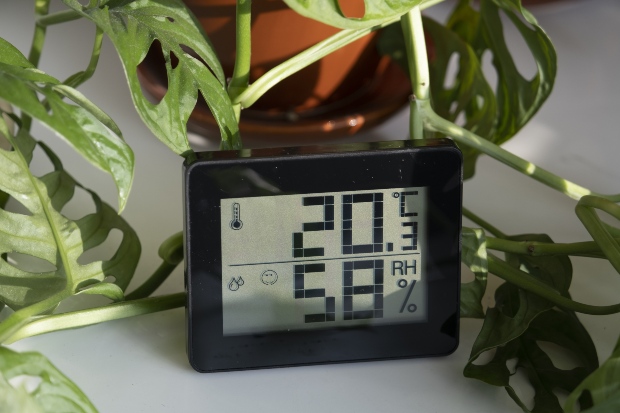
Auch in Gewächshäusern und Wintergärten möglich: Luftbefeuchter und Luftentfeuchter in Kombination
Für den professionellen Betrieb eines Gewächshauses ist der kombinierte Einsatz eines Befeuchters und eines Entfeuchters manchmal besonders sinnvoll. Eine solche Kombination ist mit dem Luftbefeuchter B 500 Professional und dem Luftentfeuchter Dehumid HP 50 möglich. Die Kombination der beiden Geräte hält die Luftfeuchtigkeit bei Bedarf in einem eng begrenzten Bereich. Verbunden werden beide durch den bereits in diesem Artikel vorgestellten Funk-Hygrostat. Er sendet die Messwerte gleichzeitig an den Befeuchter und den Entfeuchter.
Liegen sie unter dem im Luftbefeuchter eingestellten Sollwert, regelt das Gerät sie nach oben. Überschreiten sie hingegen den im Entfeuchter eingestellten Maximalwert, regelt der Entfeuchter sie nach unten. So lässt sich die Luftfeuchtigkeit für besonders empfindliche Pflanzen sehr genau auf einen optimalen Wert einstellen. Ein solches Kombinationssystem ist für private Gewächshäuser meist überdimensioniert. In den Gewächshäusern von Gartencentern kann es jedoch sehr gute Dienste leisten.

